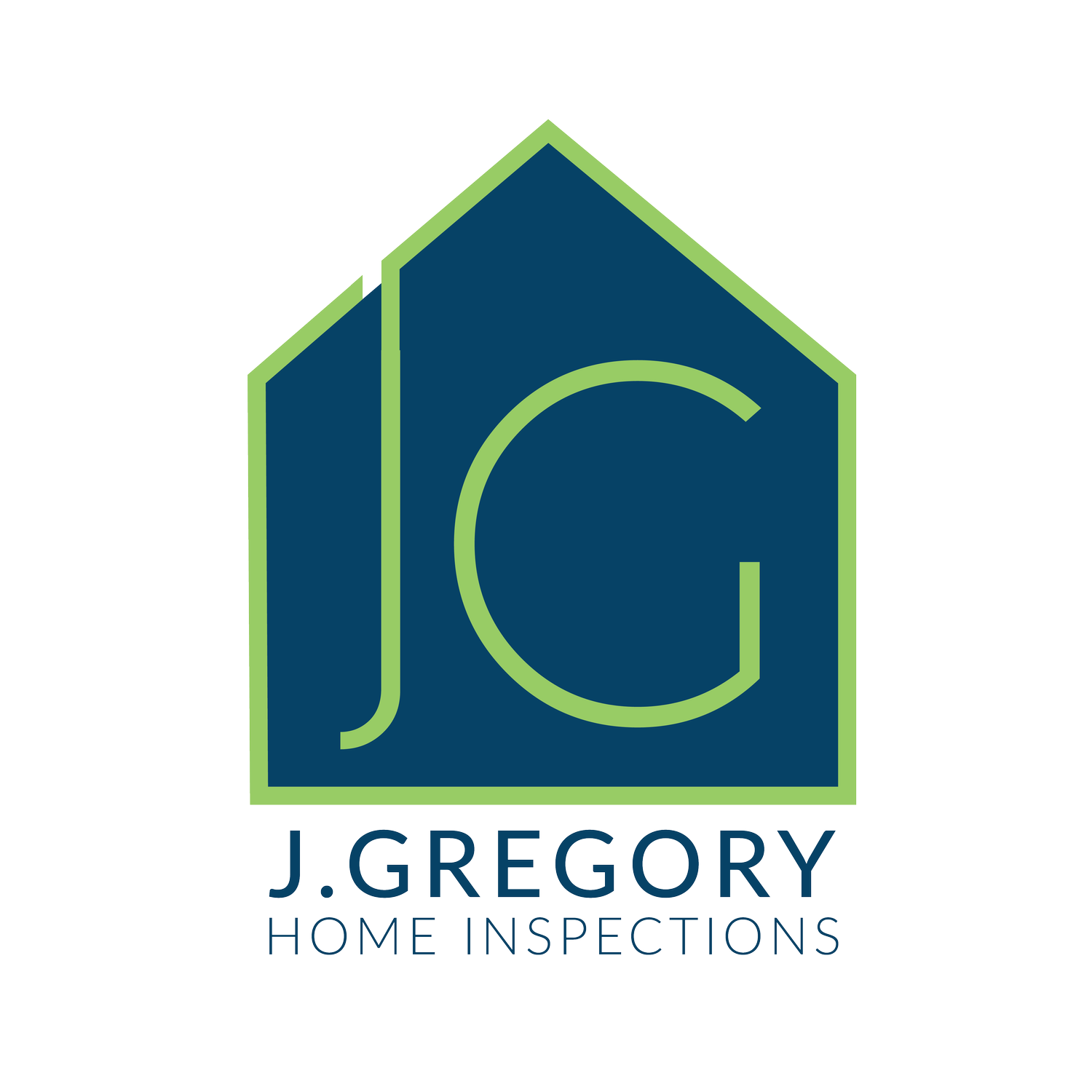Unveiling Electrical Red Flags: Key Issues Unearthed in Home Inspections
When it comes to purchasing a home, an electrical inspection is a crucial step in ensuring the safety and functionality of the property. Electrical systems, if outdated or improperly installed, can pose significant hazards to both the occupants and the structure itself. Here, we shed light on some common electrical issues uncovered during home inspections, emphasizing the importance of addressing them promptly.
Outdated Wiring: One of the most prevalent issues encountered in older homes is outdated wiring. Knob and tube wiring, commonly found in properties built before the 1950s, poses a fire risk due to its inability to handle modern electrical demands. Similarly, aluminum wiring, prevalent in homes constructed during the 1960s and 1970s, is prone to oxidation, leading to overheating and potential fire hazards.
Overloaded Circuits: Overloaded circuits occur when the electrical system is burdened with more current than it can safely handle. This often results from the addition of numerous appliances or devices to a single circuit. Over time, this strain can lead to overheating, tripped breakers, and even electrical fires. Home inspectors pay close attention to the distribution of electrical loads throughout the house to identify potential overloads.
Faulty Outlets and Switches: Malfunctioning outlets and switches are not only inconvenient but also hazardous. Loose or broken outlets can expose wiring, increasing the risk of electrical shocks or sparks. Additionally, switches that fail to operate correctly may indicate underlying wiring issues, such as loose connections or damaged wires.
Inadequate Grounding: Proper grounding is essential for ensuring electrical safety within a home. Grounding provides a path for excess electrical current to safely dissipate into the ground, reducing the risk of electrical shock or equipment damage. During inspections, inspectors assess the effectiveness of the grounding system, including the presence of ground fault circuit interrupters (GFCIs) in areas prone to moisture, such as bathrooms and kitchens.
Unsafe Electrical Panels: The electrical panel serves as the heart of the home's electrical system, distributing power to various circuits throughout the house. Inspectors scrutinize the panel for signs of wear, damage, or outdated components. Common concerns include rust or corrosion, overcrowded panels, and the use of obsolete or recalled circuit breakers.
DIY Wiring Modifications: Homeowners may attempt DIY electrical work without the necessary expertise, leading to unsafe installations or code violations. Improperly installed wiring, junction boxes, or fixtures can pose serious risks, including electrical shocks, fires, and even structural damage. Inspectors thoroughly examine any modifications to the electrical system, ensuring compliance with local building codes and safety standards.
Lack of Smoke Detectors: Smoke detectors are essential for early fire detection and saving lives. During inspections, inspectors verify the presence of smoke detectors in accordance with local regulations and recommend installing additional detectors if necessary. Battery-operated detectors should be tested regularly, while hardwired detectors should be interconnected to ensure comprehensive coverage throughout the home.
A comprehensive electrical inspection is indispensable for identifying and addressing potential hazards within a home's electrical system. By uncovering issues such as outdated wiring, overloaded circuits, faulty outlets, inadequate grounding, unsafe panels, DIY modifications, and missing smoke detectors, inspectors play a vital role in safeguarding the well-being of homeowners and their families. Prioritizing electrical safety not only protects lives and property but also provides peace of mind for years to come.


